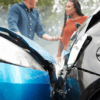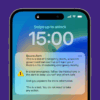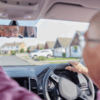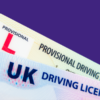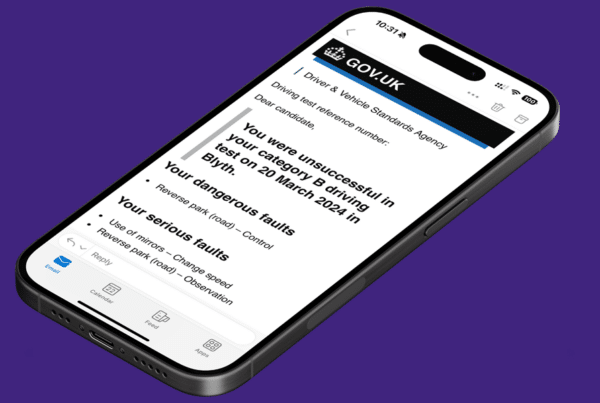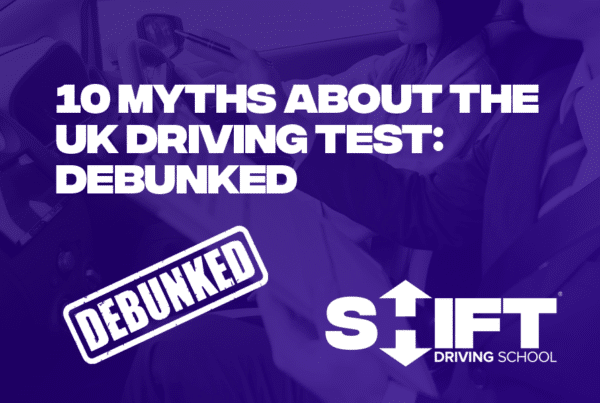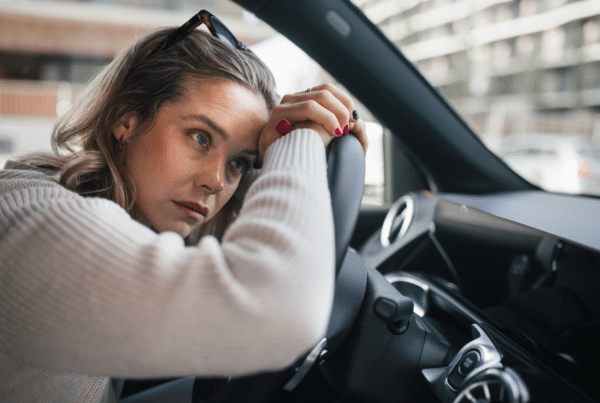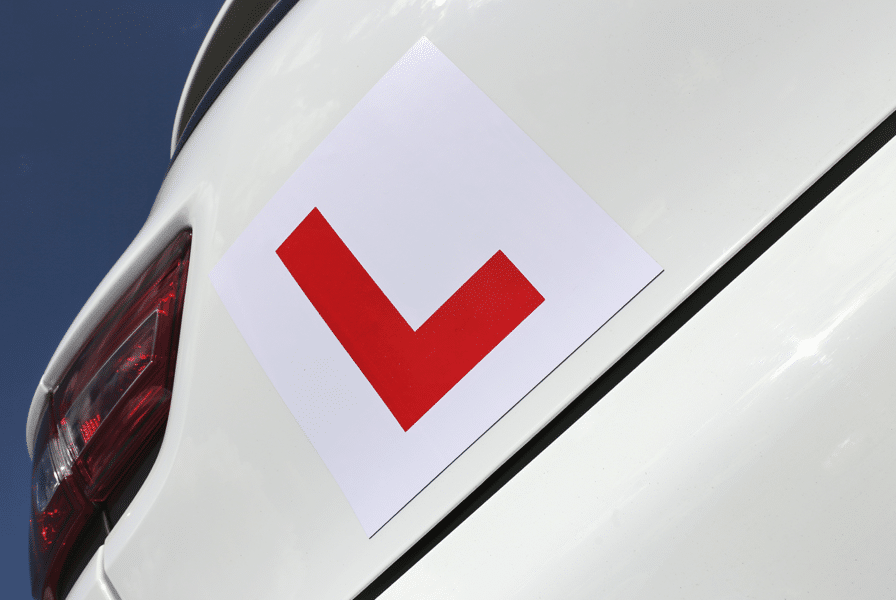
Taking your driving test can be a nerve-wracking experience, and having familiar surroundings, like your own car, can help ease those nerves. The Driver and Vehicle Standards Agency (DVSA) has recently updated its requirements, so it’s crucial to understand the latest rules before you head to the test center. Yes, you can take the driving test in your own car, but only if it meets the DVSA’s specific guidelines. In this comprehensive guide, we’ll break down everything you need to know if you’re considering using your own vehicle for the driving test, from essential requirements to common pitfalls that could lead to a cancelled test. Read on to ensure you’re fully prepared and confident for your big day.
Why Use Your Own Car for the Test?
There are several reasons why a learner might prefer to use their own car:
- Familiarity with controls and layout, which can boost confidence.
- Reduced anxiety, as you’ll be driving a car you’re comfortable with.
- Cost savings if you’re paying for an instructor’s vehicle.
However, if you choose this route, you’ll need to follow specific rules to ensure your vehicle is up to the required standards.
Essential Requirements: Does Your Car Meet the Rules?
Safety Features and Indicators
- Warning Lights: Make sure there are no warning lights, like airbag or brake lights, visible on the dashboard. If any appear, it may signal a safety issue, and the examiner can cancel the test on the spot.
- Tyre Condition: All tyres must be undamaged and meet the legal tread depth. A space-saver spare tyre is not allowed. Double-check that your tyres are in optimal condition to avoid last-minute problems.
Safety Features and Indicators
- Warning Lights: Make sure there are no warning lights, like airbag or brake lights, visible on the dashboard. If any appear, it may signal a safety issue, and the examiner can cancel the test on the spot.
- Tyre Condition: All tyres must be undamaged and meet the legal tread depth. A space-saver spare tyre is not allowed. Double-check that your tyres are in optimal condition to avoid last-minute problems.
Visibility for the Examiner
- Additional Rear-View Mirror: The examiner must be able to see the road from the passenger seat, so an extra interior rear-view mirror is required. This mirror can be easily purchased and installed temporarily for the test.
- Passenger Head Restraint and Seatbelt: The passenger seat must have a head restraint (not slip-on) and a working seatbelt for safety. Ensure these are correctly installed and functional.
Visibility for the Examiner
- Additional Rear-View Mirror: The examiner must be able to see the road from the passenger seat, so an extra interior rear-view mirror is required. This mirror can be easily purchased and installed temporarily for the test.
- Passenger Head Restraint and Seatbelt: The passenger seat must have a head restraint (not slip-on) and a working seatbelt for safety. Ensure these are correctly installed and functional.
Vehicle Specifications
- Speed Capability: The car must be able to reach at least 62 mph and be equipped with an mph speedometer, as the test will assess your driving at varying speeds.
- L-Plates: Display ‘L’ plates (or ‘D’ plates in Wales) clearly on both the front and rear of your car.
- Vehicle Weight (MAM): Your car must have a maximum authorized mass (MAM) of no more than 3,500 kg. This information can be found in your car’s handbook.
Vehicle Specifications
- Speed Capability: The car must be able to reach at least 62 mph and be equipped with an mph speedometer, as the test will assess your driving at varying speeds.
- L-Plates: Display ‘L’ plates (or ‘D’ plates in Wales) clearly on both the front and rear of your car.
- Vehicle Weight (MAM): Your car must have a maximum authorized mass (MAM) of no more than 3,500 kg. This information can be found in your car’s handbook.
Insurance, Tax, and MOT
- Tax and MOT: Your car needs to be taxed and have a valid MOT certificate if it’s over three years old.
- Insurance Coverage: Contact your insurance company to verify that your car is insured for use in a driving test. Not all standard policies cover this, so be sure to clarify with your provider.
Insurance, Tax, and MOT
- Tax and MOT: Your car needs to be taxed and have a valid MOT certificate if it’s over three years old.
- Insurance Coverage: Contact your insurance company to verify that your car is insured for use in a driving test. Not all standard policies cover this, so be sure to clarify with your provider.
Preparation Tips: Cleaning and Organizing Your Car
A tidy car shows the examiner that you’re organized and prepared. Here’s how to get your car ready:
- Remove Clutter: Take out any rubbish or unnecessary items from the dashboard, footwells, cup holders, door pockets, and seats.
- No Smoking: Your car should be smoke-free, meaning no smoking just before or during the test. The examiner must feel comfortable and able to focus.
What Technology is Allowed and What’s Not
Many modern cars are equipped with advanced features that can be useful but aren’t allowed in the driving test. Here’s what you need to know:
- Permitted Features: You can use cars with features like an electronic parking brake, hill-start assist, cruise control, speed limiters, parking sensors, cameras, lane assist, blind spot monitoring, and traffic sign recognition.
- Restricted Features: Self-parking functions, Tesla autopilot, and your own sat nav cannot be used during the test.
Manual vs. Automatic: Which Transmission Type Is Allowed?
You can take your driving test in either a manual or an automatic car. However, be mindful of the implications:
- Manual Cars: If you pass your test in a manual car, you’ll be qualified to drive both manual and automatic vehicles.
- Automatic Cars: Passing in an automatic or semi-automatic vehicle limits you to driving only automatics.
Can My Car Have Tinted Windows For the Driving Test?
To ensure visibility and safety, your windscreen and front side windows must meet DVSA standards for tinting. Although there are no rules regarding rear windows, if they’re too dark for the examiner to see clearly, your test could be cancelled. Check your tint levels to avoid disappointment on the day.
Does My Car Need Dual Controls For the Test?
You might be wondering if your car needs dual controls like your instructor’s car. The answer is no—dual controls are not required. However, if using a hire car, it must have dual controls to be eligible for the test.
Hiring a Car for the Test
If you don’t own a car that meets the requirements, using a hire car can be a good alternative. Just make sure the car:
- Has dual controls installed.
- Meets all the other DVSA rules for the driving test.
What Cars Aren’t Allowed?
Certain car models do not meet DVSA standards because they lack adequate all-around visibility. Some of the prohibited vehicles include:
- Panel vans (cars without rear seats or rear side windows)
- BMW 218 convertible, BMW Mini convertible, Ford KA convertible, Smart Fortwo (2-door), Toyota iQ, VW Beetle convertible
These vehicles may obstruct the examiner’s view, so check if your car is suitable before the test day.
Checking with DVSA: How to Confirm Your Car’s Eligibility
If you’re unsure whether your car is eligible, it’s always best to confirm with the DVSA before booking your test. This is especially important if you plan to use a convertible, coupe, or another uncommon car type.
DVSA Contact Information
- Email: customerservices@dvsa.gov.uk
- Phone: 0300 200 1122 (Monday to Friday, 8 am to 4 pm)
Using your own car for the driving test can be convenient and comforting, but it comes with specific requirements and regulations that you must meet to avoid cancellation. From ensuring your vehicle is roadworthy and equipped with the necessary safety features to confirming insurance coverage and preparing your car’s interior, this checklist will help you get ready for a smooth test experience. By following these guidelines, you’ll increase your chances of passing your driving test in the car you’re most comfortable with—your own.





